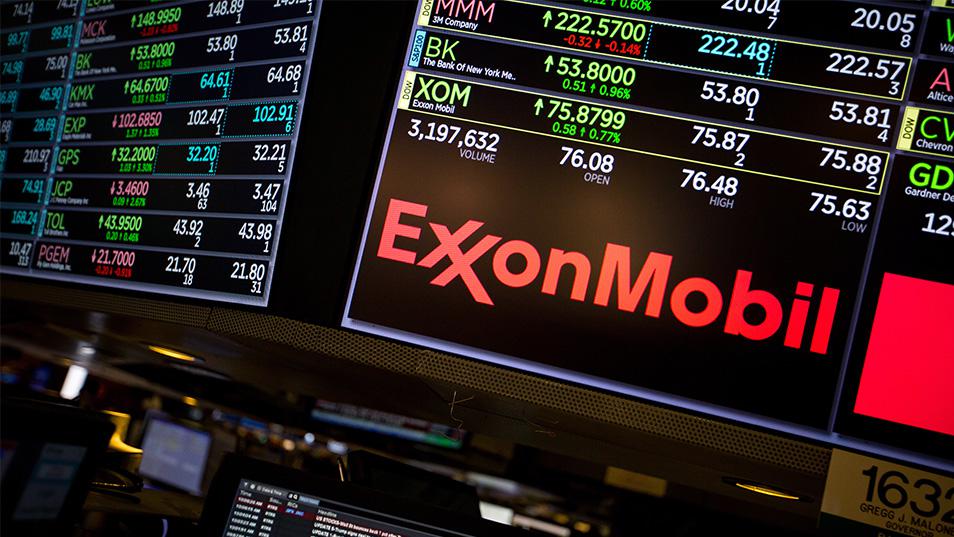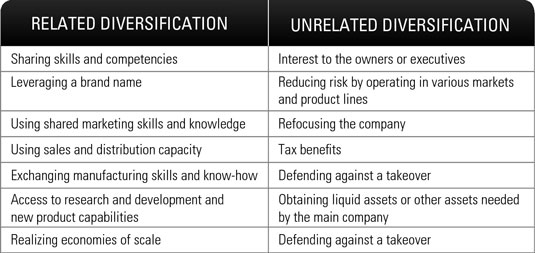
There are several actions that could trigger this block including submitting a certain word or phrase, a SQL command or malformed data. Yarilet Perez is an experienced multimedia journalist and fact-checker with a Master of Science in Journalism. She has worked in multiple cities covering breaking news, politics, education, and more.
The unsystematic risk, otherwise known as non-systematic risk, measures how much fluctuation there has been in the assets chosen by a fund manager, in comparison to the fluctuation of the entire market. The unsystematic risk thus covers issues that relate to those specific stocks, rather than overall market movements. The theory is that unsystematic risk can be lessened by diversification, or investing in a wider range of companies. The need for an appraisal ratio is due to the limitations of simply looking at the raw figures of a fund manager’s investments.
What is an Appraisal Ratio?
From a county budgeting standpoint, it is important to note that the equalization of tangible personal property and public utilities always reduces appraised value and assessments. In most cases, there is enough growth (typically real property new construction) to absorb the loss in value created by the equalization. In rare cases where there is not enough appraisal ratio growth, the county legislative body might be challenged with reducing spending or increasing the tax rate to generate the same revenue as the year before the ratio study. They do not receive the same benefit of having an appraisal that does not change between reappraisals. Are they effectively paying more tax because their appraisals are updated annually?

Thus, statements about alpha are equivalent to statements about whether the investor’s portfolio is on the efficient frontier. A zero (nonzero) alpha implies that the investor’s portfolio is (not) on the efficient frontier. This is why the concept of alpha plays a central role in performance evaluation and portfolio construction. Another point worth raising is the complications that can arise when comparing multiple funds against a benchmark. Each fund might have different securities, asset allocations for each sector, and entry points in their investments, making such assessments difficult to interpret.
Examples of Appraisal ratio in a sentence
One of the ways to do so is by assessing the # Appraisal ratio indicator. The # Appraisal ratio helps measure the financier’s performance by comparing the return of their stock picks to the specific risk in the investment basket. Focusing on alpha controls for beta, but doesn’t account for the alpha’s volatility (risk).
An Appraisal Ratio greater than 1.0 indicates that the Appraisal Per Share is higher than the stock price, and that the stock is undervalued. (2) By extension, an estimated fractional relationship between the appraisals and market values of a group of properties. The Appraisal Ratio, used with the Predictability measure, gives a quick intimation of whether or not a stock is overvalued or undervalued. This website is using a security service to protect itself from online attacks.
Suggestions from Dr. Hecht to help you avoid common mistakes on performance evaluation:
Somebody who achieves a very high return may have simply taken a risk and been lucky and the same fund manager may just as likely crash and burn in the future. While past performance is no guarantee of future results, savvy investors will want to get a better idea of how skillful a fund manager has been in the past. The ratio shows how many units of active return the manager is producing per unit of risk.

Only the Appraisal Ratio, defined as the expected alpha-to-alpha volatility ratio, correctly accounts for an individual investment’s return attributes. Creating the appraisal ratio using these two measures therefore serves two purposes. First, it aims to discover how much of a fund manager’s success was down to skill rather than luck. Second, it adds in the fact that with sufficient diversification, luck becomes less important and the fund manager’s inherent skill becomes more prominent.
The Important, Yet Underutilized, Appraisal Ratio
The alpha itself is a figure showing the return on the asset after adjusting for this comparative risk. Ratios that measure risk-adjusted returns can be interpreted differently. Not everyone is the same and each investor will have varying risk tolerance levels, depending on factors such as age, financial situation, income, and general personality. For questions related to reappraisal, ratio studies, or equalization contact your CTAS Property Assessment Consultant.
Managers of an active investment fund are tasked with selecting a basket of investments capable of beating the returns of a relevant benchmark or the overall market. While that sounds easy in practice, few regularly succeed in achieving this goal, especially when taking the fees that they charge into consideration. Like the appraisal ratio, the Sharpe ratio also functions as an indicator of risk-adjusted returns.
Dispelling Myths About the Price-to-Earnings Ratio – Money Morning
Dispelling Myths About the Price-to-Earnings Ratio.
Posted: Tue, 08 Aug 2023 02:27:06 GMT [source]
Maximizing this KPI is necessary for maximizing the Sharpe ratio, a widely used measure of fund performance. For a hedge fund, the ratio of the fund is itself the Sharpe ratio of the hedged position that neutralizes the benchmark risk. First, Dr. Hecht reviews Markwitz’s “Mean-variance” Modern portfolio theory (MV-MPT), which is an algorithm that maximizes expected returns for a given level of risk. The alpha takes into account how much fluctuation there has been in a particular asset’s price and how this compares to fluctuation in the underlying market. The idea is that an asset that has fluctuated more widely in value is more risky and thus more susceptible to luck rather than skill.
One method to determine their investment-picking ability is to use the appraisal ratio. If you own property in Tennessee, you are probably aware that your county undergoes a countywide reappraisal of real property every 4, 5, or 6 years. The reappraisal process allows county appraisals to be adjusted, up or down, to reflect the current real estate market. In theory, once a reappraisal has been completed, property appraisals should represent what a property would sell for on the open market—at least for a short while.

Once the ratio study has been completed, the DPA submits each county’s median ratio to the State Board of Equalization (SBOE) for final approval. Once approved the tangible personal property and public utility appraisals will be equalized (adjusted downward) by the median ratio for each respective county. This step guarantees that these property types are treated equitably with the real property. An appraisal ratio can be used in different contexts to describe or measure the performance of a fund compared to the benchmark.
Limitations of the Appraisal Ratio
The state legislature and board of equalization have addressed these questions by requiring ratio studies and equalization. The lower the ratio, the worse the performance of the investment portfolio. Financiers, especially hedge fund managers, are expected to make sound financial decisions regarding their investments. Mutual funds, bonds, and stocks should yield positive results on the long run.
- Because we have less information about these stocks, investors, through their own research, may be able to uncover promising stocks the market has overlooked.
- They do not receive the same benefit of having an appraisal that does not change between reappraisals.
- This is why the concept of alpha plays a central role in performance evaluation and portfolio construction.
- The alpha itself is a figure showing the return on the asset after adjusting for this comparative risk.
- Ratios that measure risk-adjusted returns can be interpreted differently.
Therefore, the key is to employ professional and skilled human capital, supported by technology through automation and digitization. Formerly known as the IVM (Intrinsic Value Measure) Ratio, this is a company’s Appraisal Per Share $ divided by its most recent price. If the Appraisal Per Share and the stock price are the same, the Appraisal Ratio is 1.0.
This is achieved by comparing the fund’s alpha, the amount of excess return the manager has earned over the benchmark of the fund, to the portfolio’s unsystematic risk or residual standard deviation. To calculate the appraisal ratio, the fund’s alpha is divided by the unsystematic risk of the funds in which they invested. Its technical definition is the intercept of the security characteristic line, that line being a graph comparison of an asset’s risk to the relevant market’s risk.
The appraisal ratio also measures a mutual fund’s alpha relative to its risk. This ratio also measures the performance of a fund manager by evaluating how his investment strategies are faring. The investment selection ability of a fund manager can be evaluated given the performance of the investments. Essentially, the appraisal ratio compares the alpha of a fund to its residual standard deviation otherwise known as risk. While the alpha is the amount of return an investment earns that surpasses the benchmark, the residual standard deviation measures the relative risk of the investment.
